Experiment: 5:1:1 mix vs coconut vs universal soil vs garden soil
dert17
8 years ago
last modified: 8 years ago
Featured Answer
Sort by:Oldest
Comments (92)
dert17
8 years agolast modified: 8 years agoRelated Discussions
peat vs. Botanicare Cocogro for 5-1-1
Comments (21)Al, Thanks for your support! I couldn't reply to yours (and others) posts because of the nature of my work I sometimes don't have the inet access. I need to think a little and digest the coco info I have found on this forum and elsewhere. It seems a better quality coco fiber coir might slightly outperform peat but is more expensive. The salt content of the mentioned above Botanicare Cocogro is quite low so it doesn't require the extensive rinsing. Similar to TheMasterGardener1, I also saw plants sold in a coco mix that look great (but I think most of the plants for sale look great though). I will plant 2 citrus trees in September (after the summer heat is gone) in large pots, maybe 24", still need to buy them. I want to use 5-1-1 mix and for an experiment will try peat in one and coco in another one as 1 part in 5-1-1. I am not sure how much lime to use, maybe 1/2 of the amount for the mix with peat......See MorePoor soil mix vs. Poor plant stock.
Comments (10)Our conditions in MI were prolly the same as yours, JaG. I had great container plantings right up 'til frost when the material was not too temperature sensitive, but noticed the same thing with my tomatoes & peppers - lots of late fruit that never ripened. I also use a lot of tropical perennials in the floral display containers, and they took a long time to take off this year. We had regular frosts 2 weeks beyond our last frost date, and (garden) soil temperatures remained well below 55* until after the first week of June. Sorry for the cross-talk, HBG. I hope I'm close enough to being on-topic. ;o) I had thought about the possibility of an N deficiency - especially if you were using fresh bark/small pieces, but that wouldn't explain why one plant did well & another didn't. Still, I would put genetics well down on the list of probable causes. Remember this for next year: "By habit now, I literally rip the bottom half of the roots off every plant I use in containers. I then remove a healthy additional portion of the soil they come in before transplanting or potting." For plantings with many different plants (mixed containers) I save the old soil and roots in a pile, and after the plants are situated as I like them in the container, I use it to pack around the remaining roots to secure the newly planted plants. It's usually a much more water retentive soil than what's below it and works well to help keep good amounts of moisture near the roots until the plants are established. It's an example of how being familiar with the rules of how water behaves in containers can allow you to break the rule (of not using dissimilar soils in the same container) and make it work to your advantage. ;o) It may make you shudder to think of it, but I nearly always remove all blooms & buds from the plants I am newly planting. It hastens establishment & allows the plant to build a strong root system quickly, which ends up paying dividends over the long haul. You may have to go bloomless for an extra week or so, but I've always found it to be well worth it in the end. Good luck!! Al...See Moresoil vs. media vs. dirt -- in potted plants
Comments (31)Wow, it's a small world (or internet in this case). I don't keep up with the conifer forum as well as I do some of the other forums, so I didn't realize this thread was a spin off of another one, but it's still a good idea to have the link to the above article as a reference for any future searches. I agree with Ken, that frequent replanting would go a long way towards solving the issues relating to soil decomposition, except for four things. First, even if you change your soil every other year, most soils will still have some drainage deterioration towards the end of the two year period. Second, if you use your old soil and mix it back in as many people do, that has the potential to cause problems. Third, it's good for everyone to understand how drainage works so that they are better able to decide what ingredients are best for particular plants or circumstances. Different species have different moisture and drainage requirements, and different circumstances (climate, amount of supplemental watering available, etc) require adjustment. Fourth, and maybe most importantly, many people (we know who we are) won't replant frequently enough even though this would be best. As for drainage, as it applies to container culture, being vastly different from drainage, as it applies to in-ground plantings, I'm not so sure. The physics is the same! Only the variable, or circumstances, change. A true understanding of one is a true understanding of both....See Morehydro VS soil grow experiment
Comments (20)alright, here are some updated pics of the kids brain strain DWC Brain strain Soil Douglah DWC Douglah in SOIL this is fun! as of right now they are growing at about the same pace. the soil is a little further along as they were no moved and did not have any shock, as the DWC guys did not show much signs of shock either since i learned from all you to keep them out of the sun for a few days at first! and these little guys are already hardened off too! Eric...See Moredert17
8 years agolast modified: 8 years agodert17
8 years agolast modified: 8 years agodert17
8 years agolast modified: 8 years agodert17
8 years agolast modified: 8 years agodert17
8 years agolast modified: 8 years agodert17
8 years agolast modified: 8 years agodert17
8 years agolast modified: 8 years agoNil13 usda:10a sunset:21 LA,CA (Mount Wash.)
8 years agodert17 thanked Nil13 usda:10a sunset:21 LA,CA (Mount Wash.)dert17
8 years agolast modified: 8 years agodert17
8 years agodert17
8 years agolast modified: 8 years agodert17
8 years agolast modified: 8 years agodert17
8 years agolast modified: 8 years agodert17
8 years agolast modified: 8 years agodert17
8 years agoNil13 usda:10a sunset:21 LA,CA (Mount Wash.)
8 years agodert17 thanked Nil13 usda:10a sunset:21 LA,CA (Mount Wash.)DLEverette_NC_Zone7b
7 years agoL B. (Brazil 10b/11a)
6 years agoEkor Tupai
6 years agoDave
6 years agoEkor Tupai
6 years agoDave
6 years agolast modified: 6 years agoDave
6 years agolast modified: 6 years agoEkor Tupai
6 years agoDave
6 years agomblan13
6 years agoEkor Tupai
6 years agoDave
6 years agolast modified: 6 years agoEkor Tupai
6 years agoDave
6 years agoEkor Tupai
6 years agorobin98
6 years agoEkor Tupai
6 years agoDave
6 years agolast modified: 6 years agotropicofcancer (6b SW-PA)
6 years agoEkor Tupai
6 years agoDave
6 years agolast modified: 6 years agoEkor Tupai
6 years agomblan13
6 years agotropicofcancer (6b SW-PA)
6 years agoDave
6 years agoEkor Tupai
6 years ago
Related Stories

FARM YOUR YARDHow to Get Good Soil for Your Edible Garden
The nutrients in your soil feed the plants that feed you. Here are tips on getting it right — just in time for planting season
Full Story
GARDENING GUIDESGardening Solutions for Heavy Clay Soils
What’s a gardener to do with soil that’s easily compacted and has poor drainage? Find out here
Full Story
GARDENING GUIDESHow to Stop Worrying and Start Loving Clay Soil
Clay has many more benefits than you might imagine
Full Story
GARDENING GUIDESHouzz TV: Make a Worm Bin for Rich Soil and Happy Plants
A worm-powered compost bin that can fit under a sink turns food scraps into a powerful amendment for your garden. Here’s how to make one
Full Story
GARDENING GUIDES5 Prairie Wildflowers That Can Heal Your Soil
Get free, organic soil fertilizer with nitrogen-pumping plants that draw pollinators too
Full Story
LANDSCAPE DESIGNHow to Shape a Rain Garden and Create the Right Soil for It
Learn how to grade, lay out and amend the soil in your rain garden to support your plants
Full Story
GARDENING GUIDES10 Solutions for Soggy Soil
If a too-wet garden is raining on your parade, try these water-loving plants and other ideas for handling all of that H2O
Full Story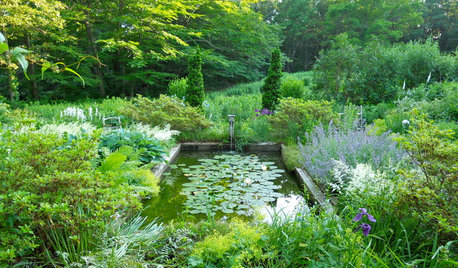
PLANTING IDEAS5 Reasons to Bring Shrubs Into the Flower Garden
Mix up the garden experience and let the flowers and shrubs play together
Full Story
FALL GARDENING5 Ways to Put Fall Leaves to Work in Your Garden
Improve your soil and yard the organic way with a valuable garden booster that grows on trees
Full Story
GARDENING GUIDES5 Easy Ways to Break Free of a Gardening Rut
Experience your garden in a whole new way — no big budget or major effort required — with these invigorating ideas
Full Story


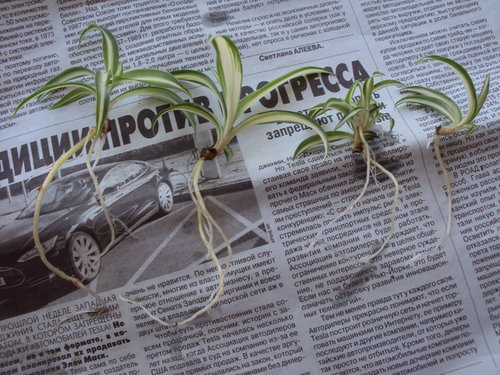
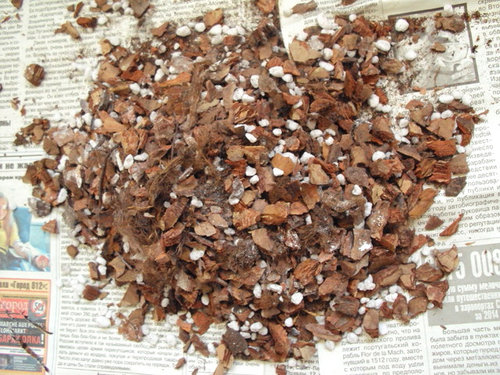
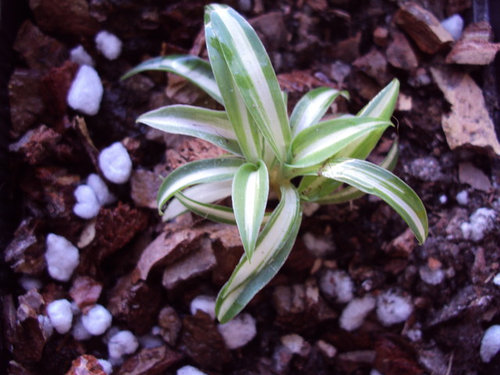
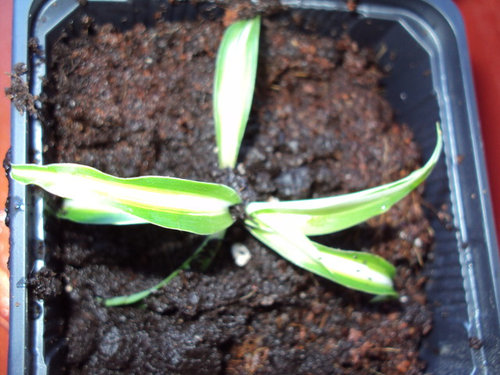
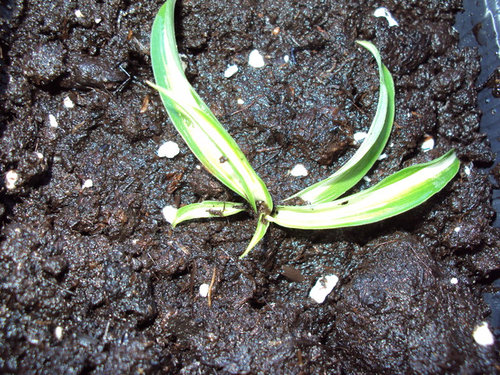
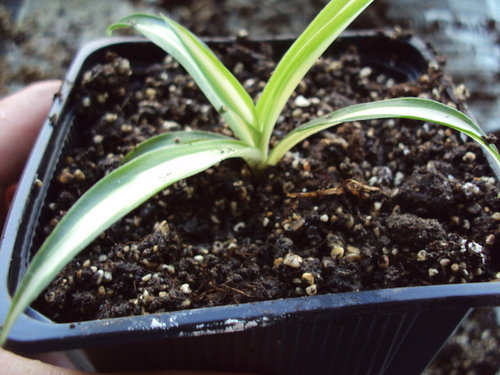
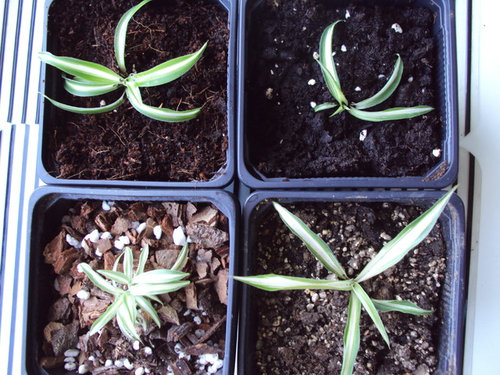
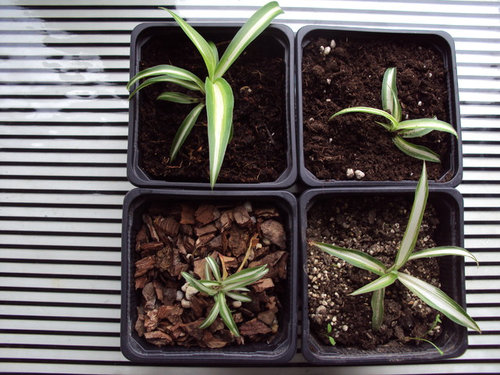
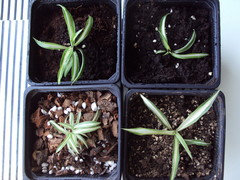
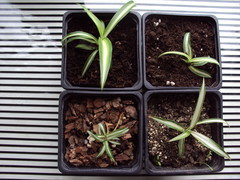
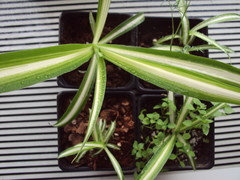
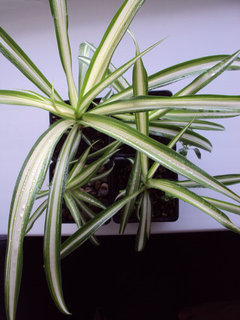
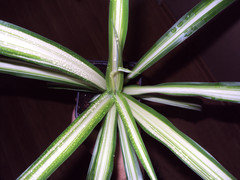
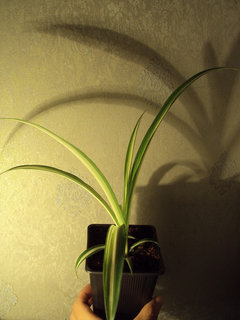
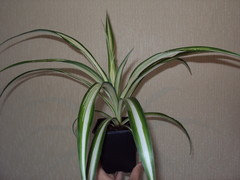
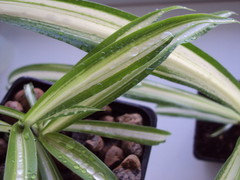
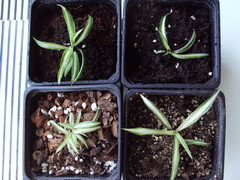
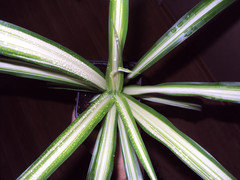
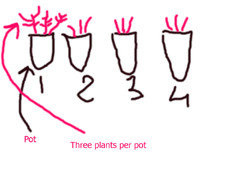
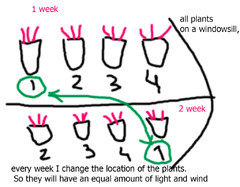
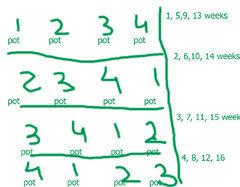
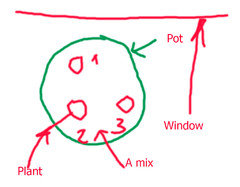
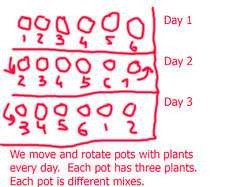
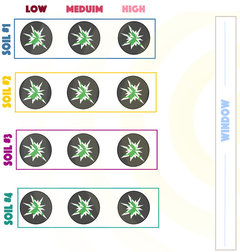
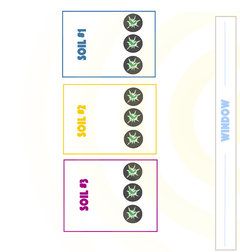
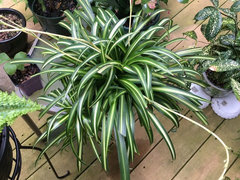
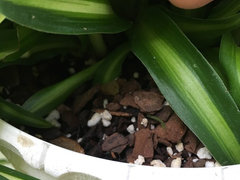
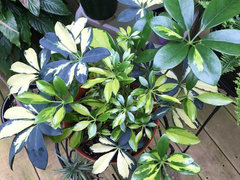
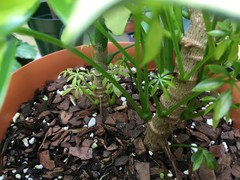
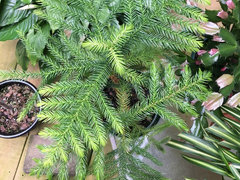
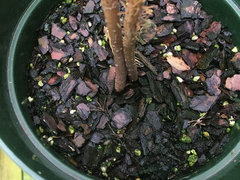
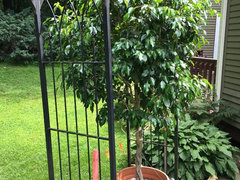

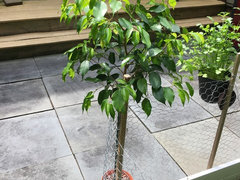
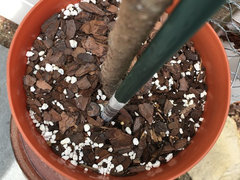
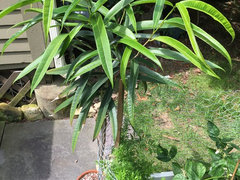
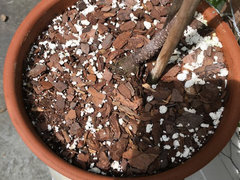
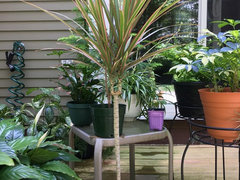
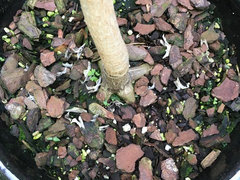
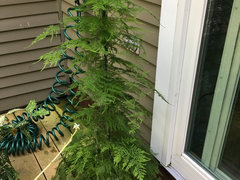
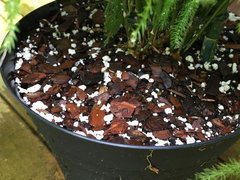


Jay Part Shade (Zone 10B, S21, Los Angeles)